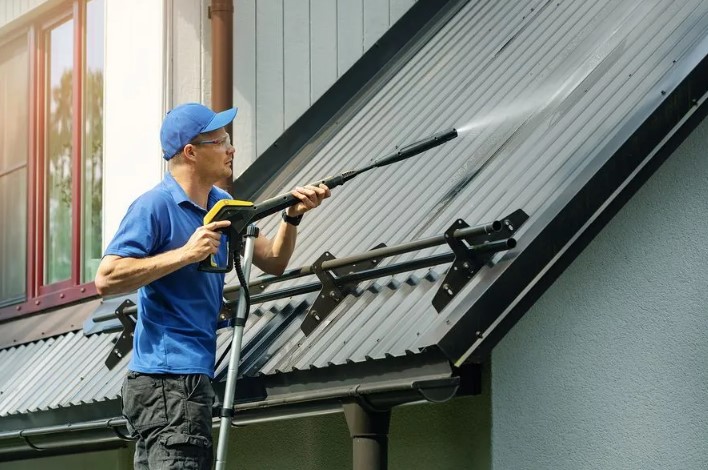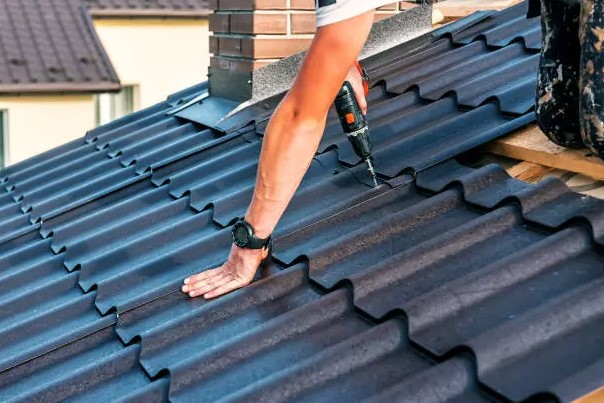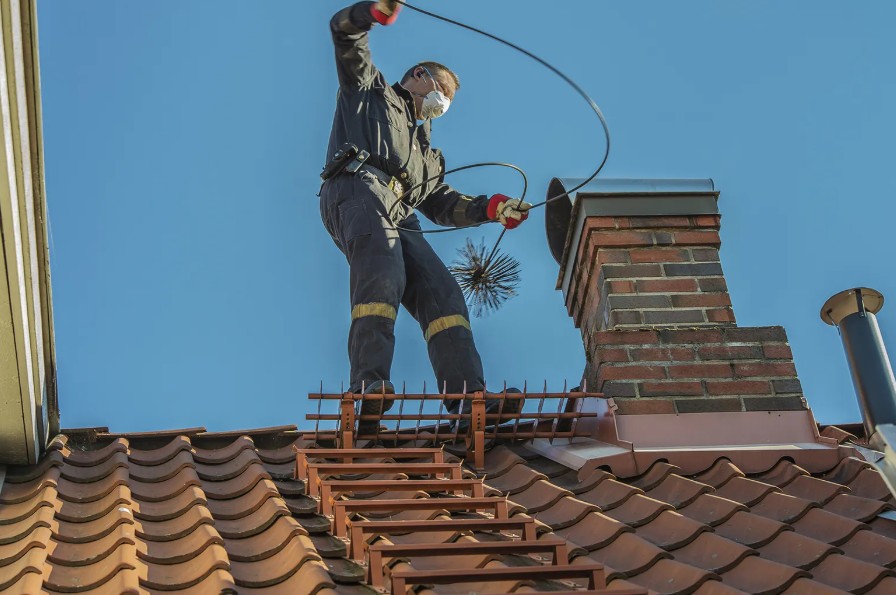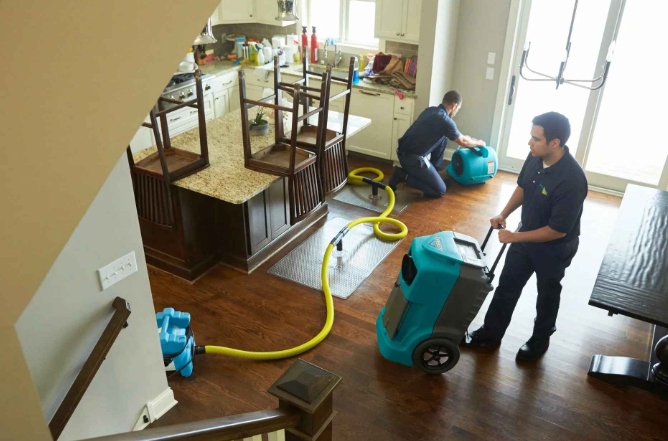

Roofing maintenance is often overlooked by homeowners, but it plays a crucial role in protecting one of your most significant investments: your home. From preventing costly water damage to extending the lifespan of your roof, regular maintenance is essential. In this guide, we’ll explore everything you need to know about roofing maintenance, including DIY tips, the importance of professional inspections, seasonal checklists, and more.
Importance of Regular Maintenance
Your roof is exposed to the elements year-round, facing everything from harsh sunlight to heavy rain and snow. Without proper maintenance, it can develop issues that compromise its integrity and lead to costly repairs. Regular maintenance helps identify problems early, preventing them from escalating into major issues.
Signs That Your Roof Needs Maintenance
It’s essential to be proactive in identifying signs that your roof requires attention. Some common indicators include:
Leaks and Water Damage
Water stains on ceilings or walls indicate leaks in the roof. Promptly addressing leaks can prevent further damage to your home’s interior.
Missing or Damaged Shingles
Inspect your roof for missing, cracked, or curled shingles, as they can leave your roof vulnerable to water infiltration and other damage.
Sagging or Drooping Areas
Sagging or drooping areas may indicate structural issues with your roof that require immediate attention.
DIY Roofing Maintenance Tips
While some maintenance tasks require professional expertise, many can be performed by homeowners. Here are some DIY tips to keep your roof in top condition:
Cleaning Gutters and Downspouts
Clogged gutters and downspouts can lead to water backup and damage to your roof and home’s foundation. Regularly clean them to ensure proper drainage.
Inspecting for Damage
Perform regular inspections of your roof, looking for signs of damage such as missing or damaged shingles, cracked flashing, or deteriorating seals around vents and chimneys.
Repairing Minor Issues Promptly
Address minor issues promptly to prevent them from worsening. Replace missing shingles, repair damaged flashing, and seal any gaps or cracks to maintain your roof’s integrity.
Hiring a Professional for Roof Maintenance
While DIY maintenance is essential, some tasks are best left to professionals. Hiring a reputable roofing contractor for inspections and repairs offers several benefits:
Benefits of Professional Inspection and Maintenance
Roofing professionals have the expertise and equipment to identify issues that may not be apparent to the untrained eye. Their thorough inspections can uncover hidden problems and ensure your roof receives the care it needs.
How to Choose a Reputable Roofing Contractor
When selecting a roofing contractor, look for licensed and insured professionals with a track record of quality workmanship. Ask for references, read reviews, and obtain multiple quotes to find the best fit for your needs and budget.
Seasonal Roofing Maintenance Checklist
Different seasons present unique challenges for roofing maintenance. Follow these seasonal checklists to keep your roof in optimal condition year-round:
Spring: Cleaning and Inspecting After Winter
Remove debris from the roof and gutters, inspect for winter damage, and address any issues before the rainy season begins.
Summer: Addressing Heat-Related Issues
Check for signs of heat damage such as blistering shingles or cracked seals. Ensure proper attic ventilation to prevent heat buildup.
Fall: Preparing for Colder Weather
Clean gutters and downspouts again to prevent clogs from autumn leaves. Inspect and repair roof flashing to prevent water infiltration during winter storms.
Winter: Preventing Ice Dams and Snow Buildup
Keep gutters and downspouts clear of ice and snow to prevent ice dams. Safely remove snow buildup from the roof to prevent structural damage.
Importance of Regular Inspections
Regular inspections are key to maintaining your roof’s health and identifying issues before they escalate. Schedule annual inspections by a qualified roofing professional to catch problems early and prolong your roof’s lifespan.
Cost of Roof Maintenance vs. Replacement
While roof maintenance incurs costs, it’s significantly cheaper than replacing an entire roof prematurely. Investing in routine maintenance can save you money in the long run by extending your roof’s lifespan and minimizing the need for major repairs or replacements.
Environmental Benefits of Roof Maintenance
In addition to financial savings, roof maintenance offers environmental benefits. A well-maintained roof can help reduce energy consumption by improving insulation and reducing the need for heating and cooling. By extending the lifespan of your roof, you also reduce waste from premature replacements, contributing to a more sustainable environment.
Conclusion
Roofing maintenance is essential for preserving the integrity of your home and protecting your investment. By following a proactive maintenance plan, including DIY tasks and professional inspections, you can extend the lifespan of your roof, prevent costly damage, and enjoy peace of mind knowing your home is well-protected.
FAQs
- How often should I inspect my roof?
- It’s recommended to inspect your roof at least twice a year, ideally in the spring and fall, and after severe weather events.
- Can I perform roofing maintenance myself?
- While some tasks can be DIY, such as cleaning gutters, major repairs and inspections are best left to professionals to ensure safety and thoroughness.
- What are the consequences of neglecting roof maintenance?
- Neglecting roof maintenance can lead to leaks, water damage, mold growth, structural issues, and premature roof failure, resulting in costly repairs or replacements.
- How much does professional roof maintenance cost?
- The cost of professional roof maintenance varies depending on factors such as the size and condition of your roof, location, and the contractor’s rates. It’s best to obtain multiple quotes for comparison.
- Is roof maintenance covered by homeowners insurance?
- Typically, homeowners insurance covers damage caused by unexpected events like storms or fallen trees but may not cover maintenance-related issues. Check your policy for specific coverage details.






